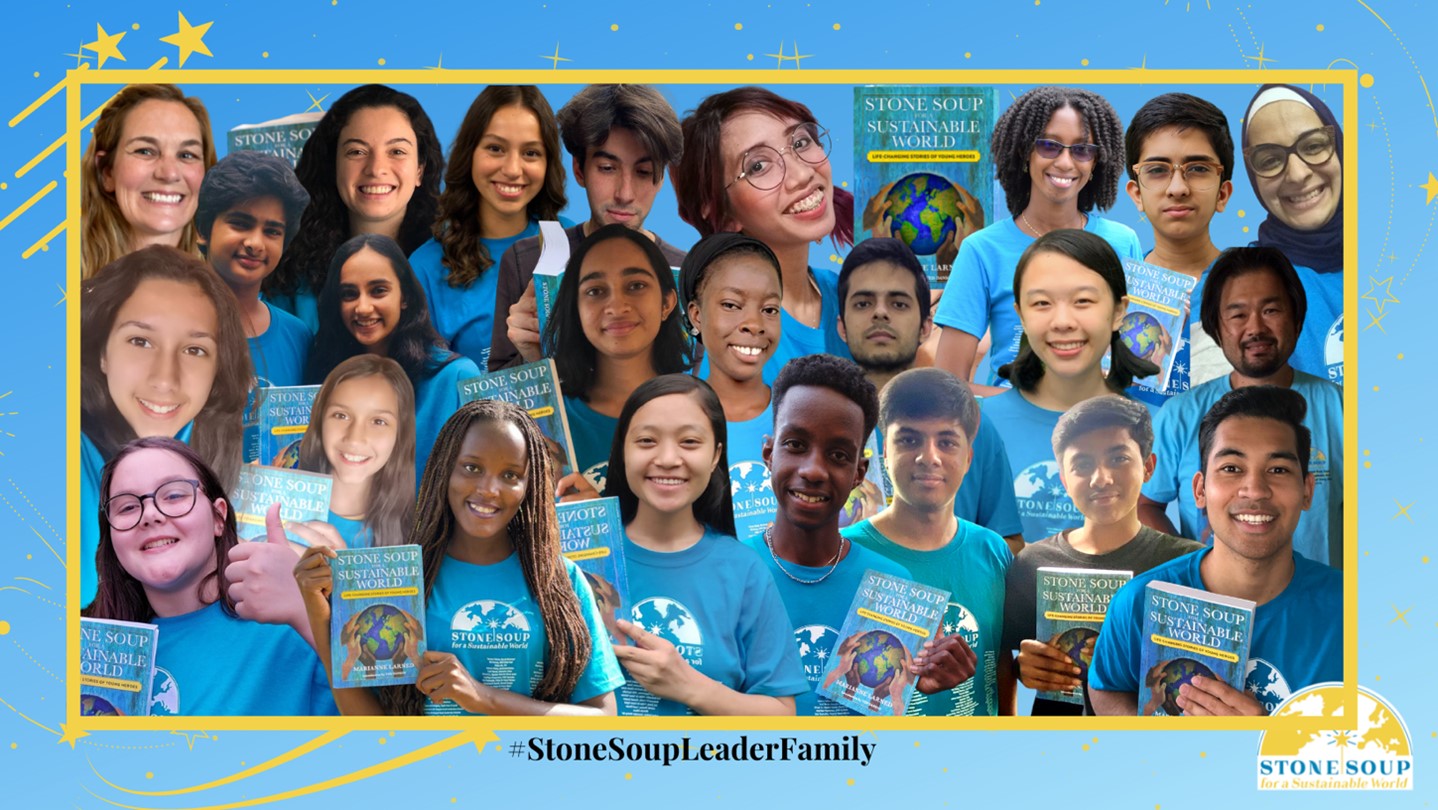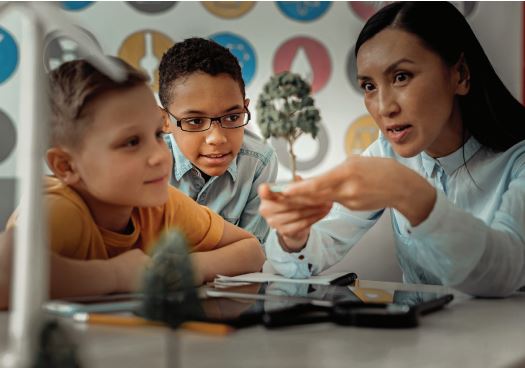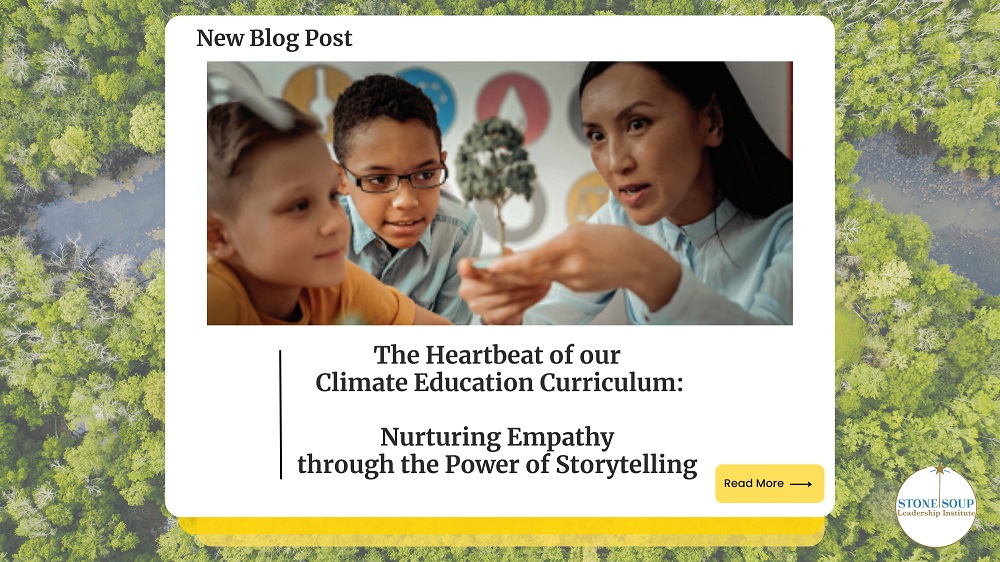- How can we help our students come to understand that their everyday actions affect those in other countries?
- How might we empower our students – and even their parents and our community leaders – to take action to address the climate crisis?
Read Why is Climate Education Important?
Educators have an opportunity to teach climate change in a thoughtful, empathic, action-oriented way. One of the most powerful ways to develop empathy in our students is for them to hear other young people talk about their own experiences with climate change, and the innovative solutions they’re coming up with to combat its effects. It’s incredibly inspiring to read and listen to such stories, because even in dire situations, young people still have hope, and they have great — and viable — ideas about how to create positive change in our world.

The stories in Stone Soup for a Sustainable World: Life-Changing Stories of Young Heroes, by the Institute’s Founder, Marianne Larned, bring the human element to the issue of sustainability and shine the light on environmental justice trailblazers and green entrepreneurs who are developing truly extraordinary and innovative ways to solve climate change problems. The digital and printable lesson plans in the Stone Soup Climate Education Curriculum bring the stories to life and give teachers resources to teach climate change by offering a wealth of activities they can use in class and for their homework assignments. There is also a rich library of videos featuring young people telling their stories, which give students the opportunity to hear the voices of young people on the front lines of climate change in other parts of the world. These young people talk about not only how climate change is affecting them and their communities, but also what they are doing to combat it — and how we all can help.
Educators share their experience using these stories to teach climate change.
“It can be really challenging to find a meaningful science curriculum; to have learning that applies to a student’s life versus just learning because the state says you have to learn things. Teachers of all content areas can benefit from these tools and trainings. You can tie sustainability into all different content areas — not just science. You can build literacy by reading these real-life stories from 38 countries. You can design a civics project by building on [a story’s] call to action. There’s a broad range of activities that students can learn from under the context of sustainability.”
Diana Hopkins, Biology Teacher, Massachusetts
Read Moving From Planning to Action in Climate Education: Massachusetts Leads the Way
“Autumn Peltier is the same age as my students — and she made a huge impact socially and politically in her Canadian home. My students were impressed that she stood up to her prime minister at the age of 12. Her Instagram advocacy left my students wondering what could happen if more people used social media for good.”
Lisa Melendy, Environmental Science Teacher, California
“We have the same problems all around the world. When we use the Stone Soup Climate Education Curriculum, we can see what is being done in other places for the same problems that we have. So it’s easier to take measures and to take action to deal with our problems.”
Marcio Marcos, Escola Secundária Jerónimo Emilianode Andrade, Azores, Portugal
How Can a Climate Education Curriculum Help Teachers?

Young people are hungering for solutions to the climate crisis — they are eager to learn how they can help. Read how a climate education curriculum can help teachers in “Awakening to the Climate Crisis: A Call to Action”, Childhood Education International.

